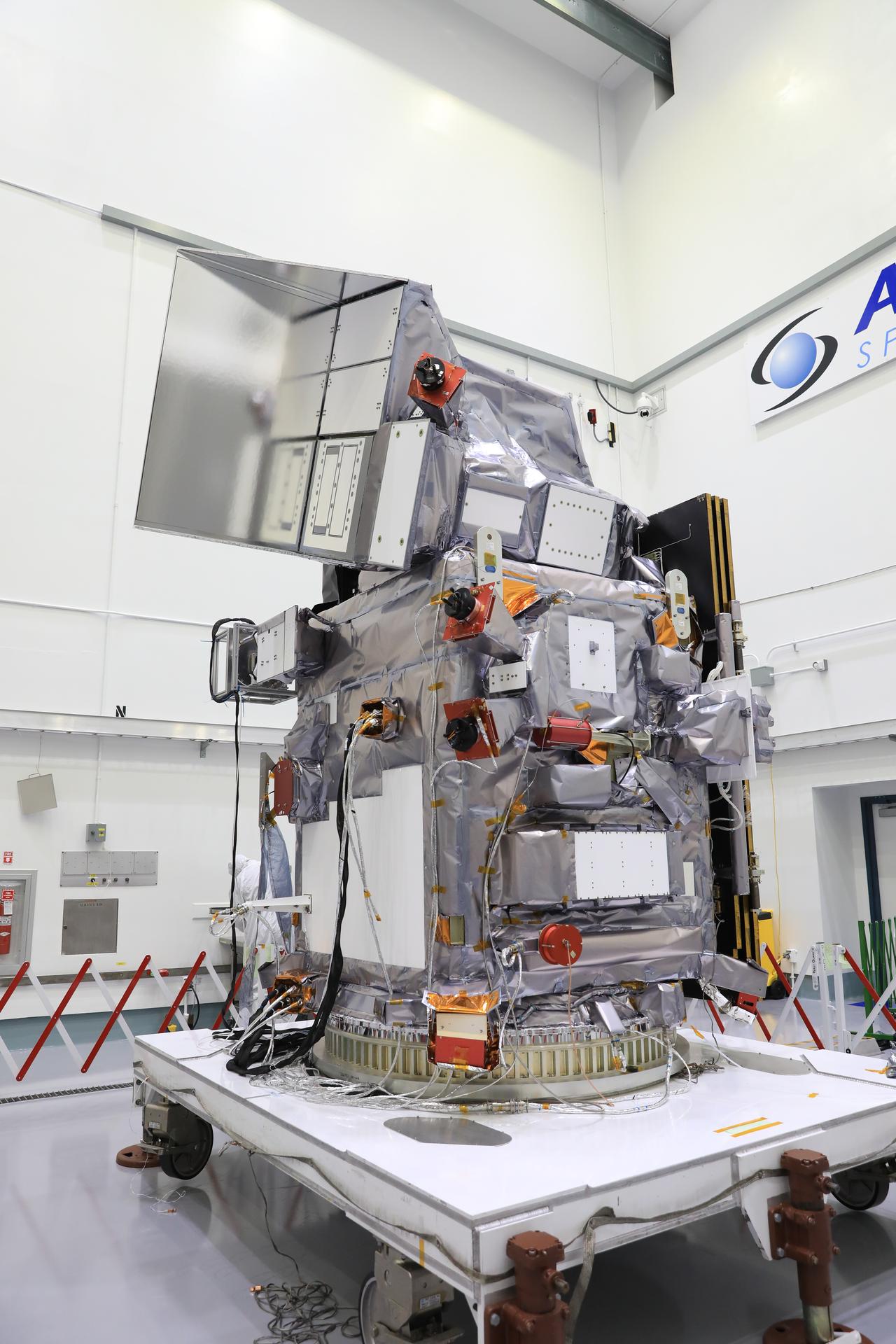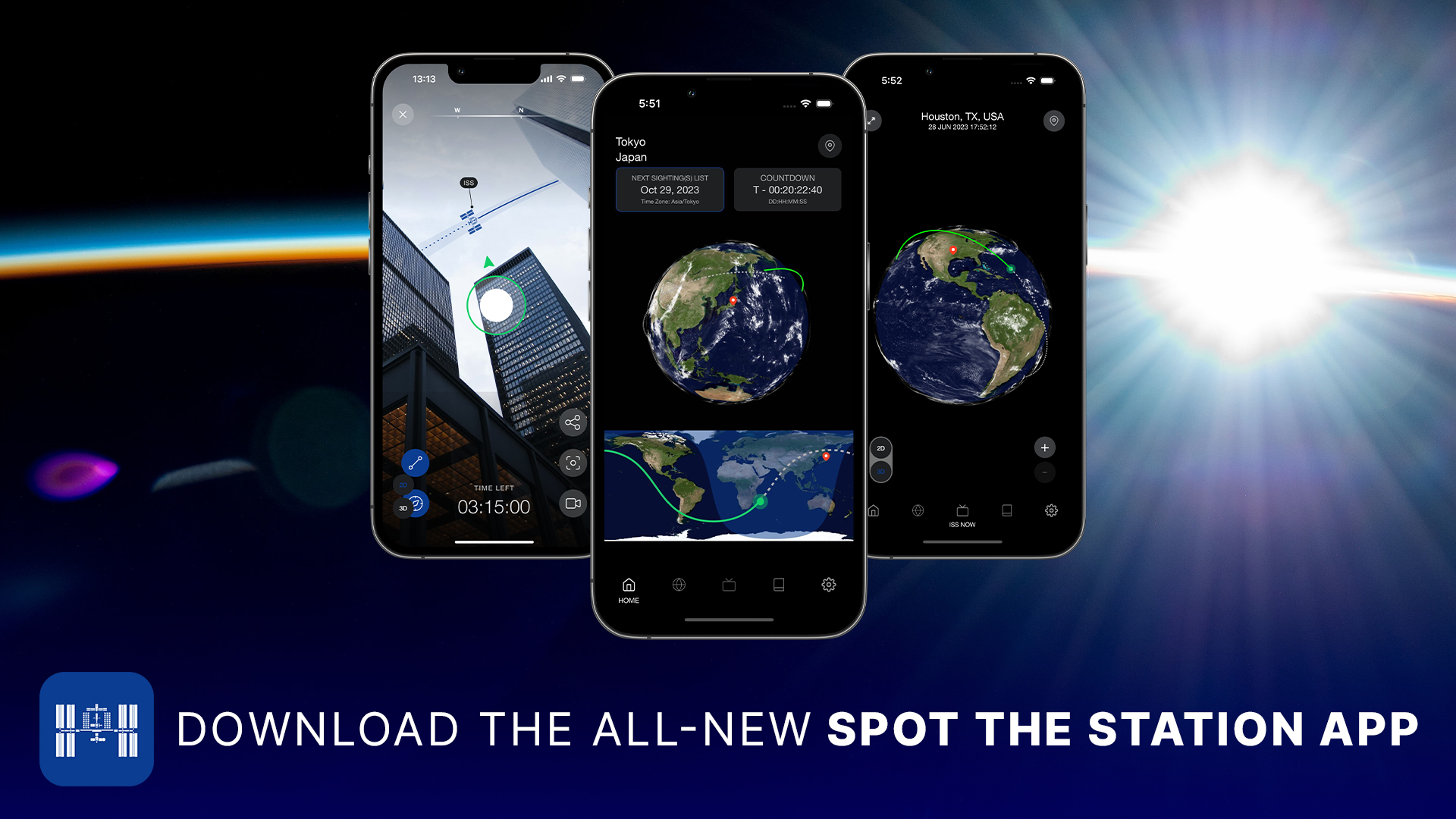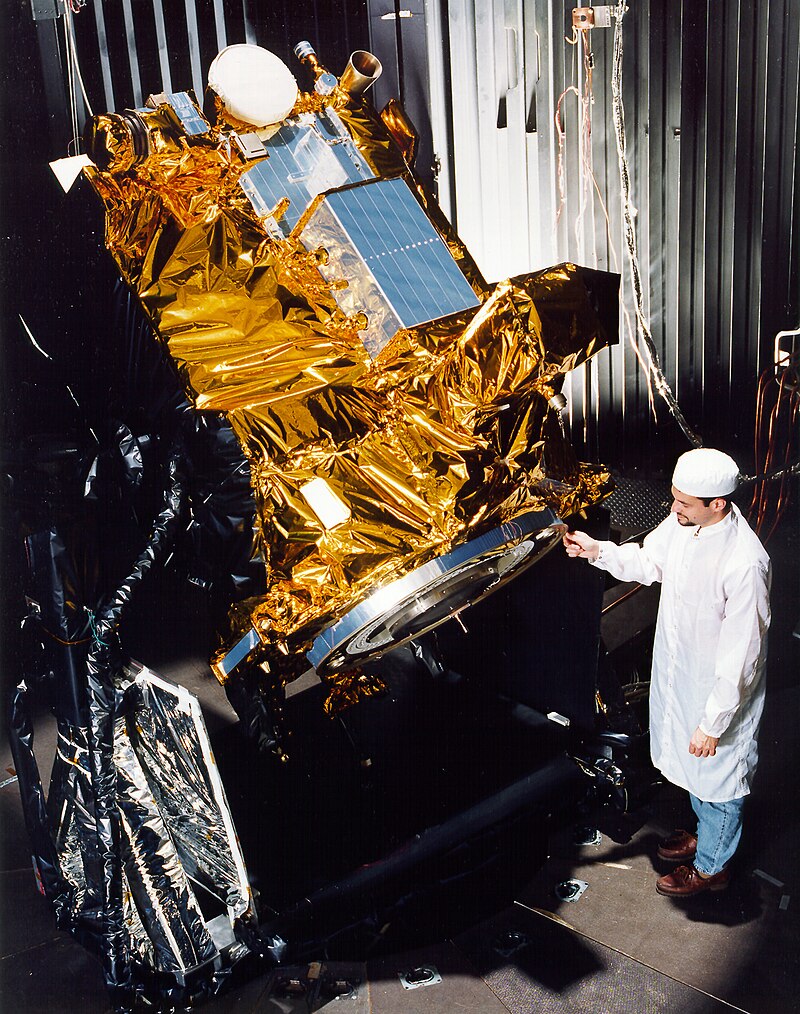Media Invited to Learn About Moon-bound Langley Technologies (Techatty)
Hampton, Virginia — Media is invited to learn about two technologies developed at NASA’s Langley Research Center in Hampton, Virginia, that will launch to the Moon in the coming weeks aboard two flights under NASA’s Commercial Lunar Payload Services (CLPS) initiative. During an event at Langley 9:30 a.m. Thursday, Jan. 4, researchers will discuss the […]
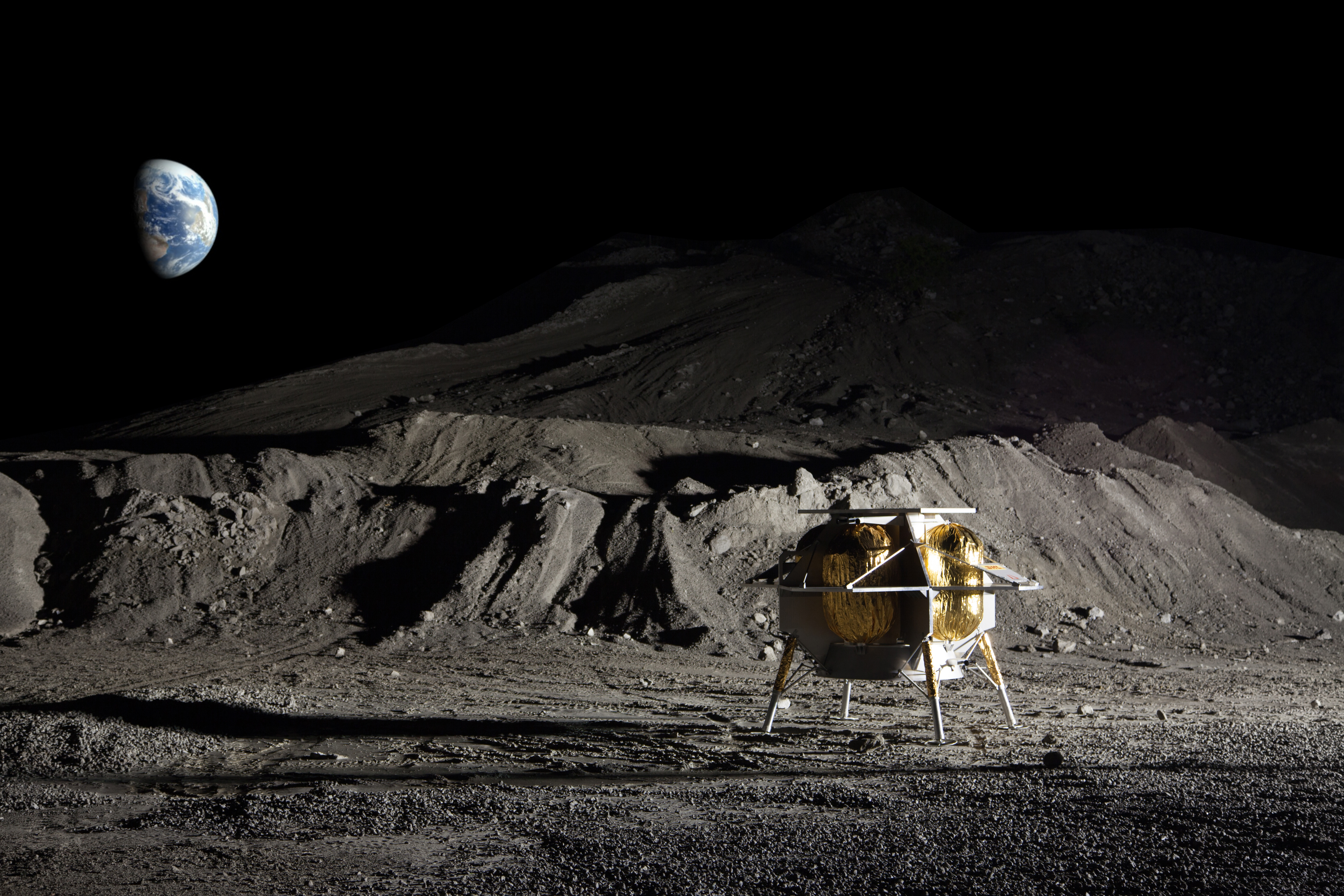
2 min read
Preparations for Next Moonwalk Simulations Underway (and Underwater)
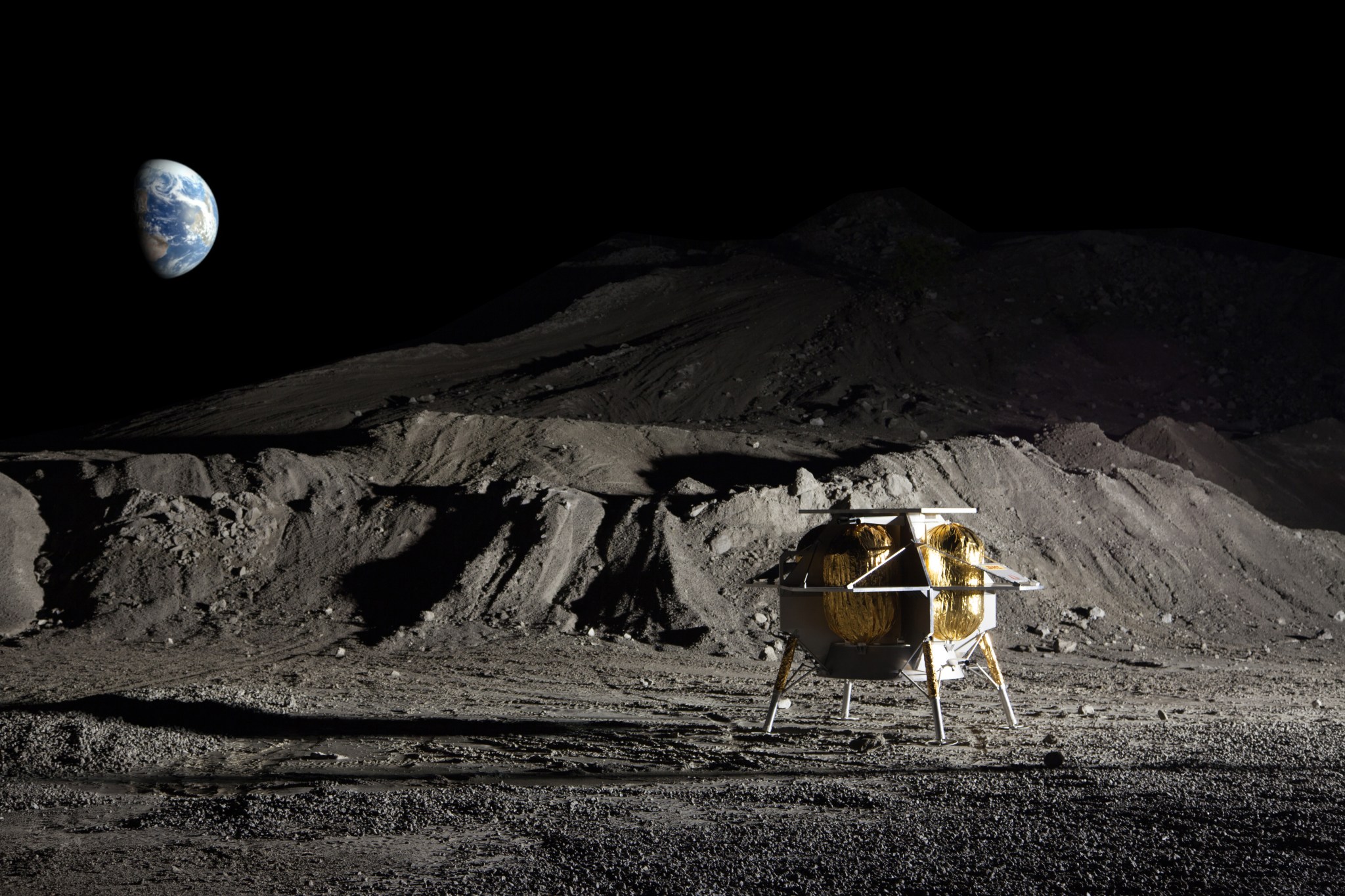
Hampton, Virginia — Media is invited to learn about two technologies developed at NASA’s Langley Research Center in Hampton, Virginia, that will launch to the Moon in the coming weeks aboard two flights under NASA’s Commercial Lunar Payload Services (CLPS) initiative.
During an event at Langley 9:30 a.m. Thursday, Jan. 4, researchers will discuss the following groundbreaking technologies developed at the center:
• Navigation Doppler Lidar (NDL), a laser-based sensor capable of providing precision vector velocity and altitude of space vehicles. NDL data is used to precisely navigate the vehicle and execute a gentle touchdown on the surface of the Moon, Mars, or other destinations in the solar system.
• Stereo Cameras for Lunar Plume-Surface Studies (SCALPSS), an array of small cameras placed around a lunar lander to take images of the interaction between the lander’s engine plume and the Moon’s surface. This will help researchers more accurately predict the effects from landing larger, heavier payloads in proximity to one other on the Moon and eventually Mars.
Media interested in attending should contact Joe Atkinson at joseph.s.atkinson@nasa.gov no later than noon, Wednesday, Jan. 3.
NDL is currently scheduled to launch from Kennedy Space Center in Florida no earlier than Jan. 8 on Astrobotics’ Peregrine 1 lander aboard a United Launch Alliance Vulcan Centaur rocket. Though this launch is part of NASA’s CLPS program, NDL is a critical system provided to Astrobotic by NASA and is not considered a CLPS payload. Peregrine 1 is expected to land on the Moon in late February.
NDL and SCALPSS 1.0 are currently scheduled to launch from Kennedy Space Center in Florida in February on Intuitive Machines’ Nova-C lander aboard a SpaceX Falcon 9 rocket. Both NDL and SCALPSS 1.0 are NASA CLPS payloads on this flight. Transit time to the Moon will take 4 to 5 days.
These CLPS flights will mark the United States’ first return to the Moon’s surface since the Apollo era. Commercial deliveries to the lunar surface with several providers continue to be part of NASA’s exploration efforts. Future CLPS deliveries could include more science experiments and technology demonstrations that further support the agency’s Artemis program.
Learn more about CLPS at:
Joe Atkinson
Langley Research Center, Hampton, Virginia
757-755-5375
joseph.s.atkinson@nasa.gov






















